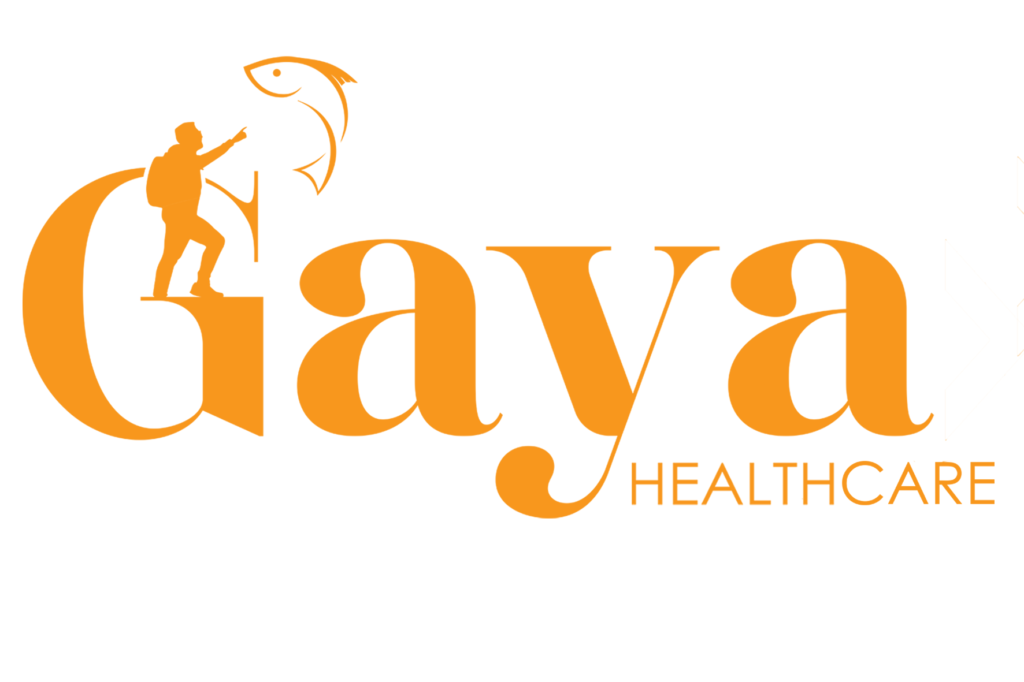
Menu
Cardiology
  Cardiology billing involves the comprehensive process of submitting claims, managing reimbursements, and handling financial transactions related to cardiology services. It requires specialized knowledge of cardiology procedures, accurate coding, and adherence to specific billing regulations.
Patient Registration and Verification:
  Accurate collection of patient information, including demographics, insurance details, and relevant medical history.
  Verification of insurance coverage to determine patient eligibility and coverage for cardiology services.
Procedure Coding:
  Certified coders assign specific Current Procedural Terminology (CPT) codes and diagnosis codes (ICD-10) to accurately represent cardiology procedures.
  Codes may include diagnostic tests (e.g., echocardiography, stress tests), interventional procedures (e.g., angioplasty, stent placement), and evaluation and management (E/M) codes.
Charge Capture:
  Detailed capture of charges for various cardiology services, including office visits, diagnostic tests, and interventional procedures.
Proper documentation of the type and complexity of procedures performed during patient encounters.
Claim Generation:
  Generation of claims with comprehensive details, including patient information, coded procedures, and associated charges.
  Claims can be submitted electronically or through paper forms, adhering to the specific requirements of different payers.
Claim Submission:
  Submission of claims to insurance carriers, including private insurance, Medicaid, Medicare, and other relevant payers.
  Adherence to payer-specific guidelines and requirements for cardiology billing.
Insurance Follow-Up
  Ongoing follow-up to track the status of submitted claims, ensuring they are processed and paid in a timely manner.
  Addressing any denials, rejections, or discrepancies through appeals or necessary corrections.

